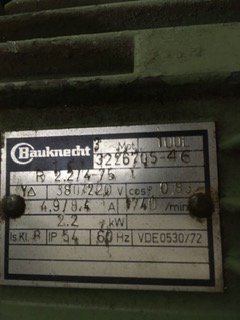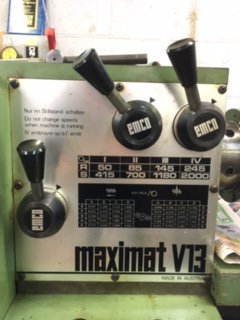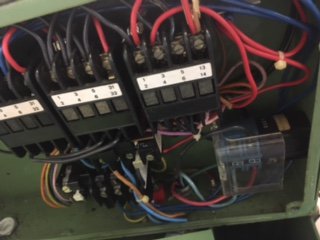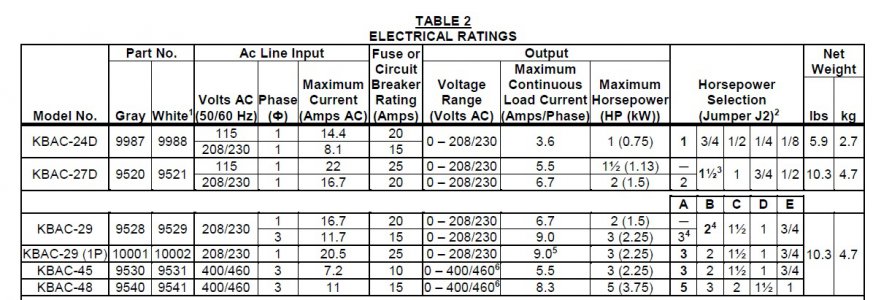- Joined
- Jun 20, 2021
- Messages
- 13
I just got an EMCO V13 recently. Just love it. Got rid of my trusty 10" Clausing with much regret. It was all I really needed......but!!!
So the guy I got up from had it hooked up to a static phase converter. I really dont like the sound it makes when you plug it in or turn it on and after some research it seemed that a VFD was the proper solution for a smoother running lathe. (I am a knifemaker and am pretty much self taught on running these machines).
I call my friend and he told me to get a KBAC-29 (Adjustable Frequency Drive rated for 3 hp). Had my son (who is an electrical contractor and works big jobs on military bases all the time-knows a lot about electricity) come over and hook it up.........but then nothing. It comes on, as far as we could tell by the lights and the sounds, but as soon as I hit the go lever on the carriage something inside the electrical box disconnects. We tried and tried and so now I am here. Any help would be greatly appreciated.
So the guy I got up from had it hooked up to a static phase converter. I really dont like the sound it makes when you plug it in or turn it on and after some research it seemed that a VFD was the proper solution for a smoother running lathe. (I am a knifemaker and am pretty much self taught on running these machines).
I call my friend and he told me to get a KBAC-29 (Adjustable Frequency Drive rated for 3 hp). Had my son (who is an electrical contractor and works big jobs on military bases all the time-knows a lot about electricity) come over and hook it up.........but then nothing. It comes on, as far as we could tell by the lights and the sounds, but as soon as I hit the go lever on the carriage something inside the electrical box disconnects. We tried and tried and so now I am here. Any help would be greatly appreciated.
| 3HP KBAC-29 NEMA4X VFD 230VAC 3PH INPUT 9528 |
| ON/OFF Line Switch/RFI AC Filter Options From the website of the place I bought it from. |





